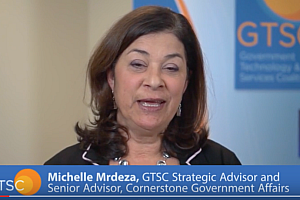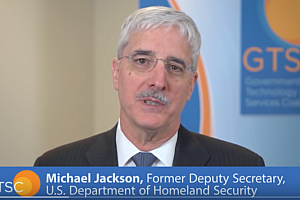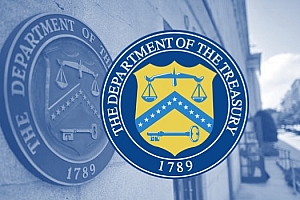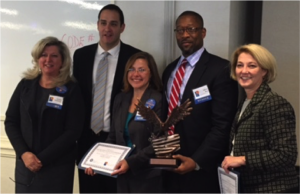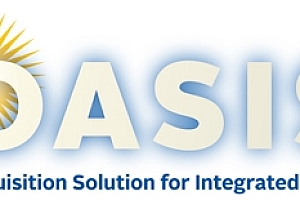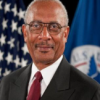GTSC Expands Steering Committee to Accommodate Growth
|
GOVERNMENT TECHNOLOGY & SERVICES COALITION |
|
Washington, D.C. April 8 — The Government Technology & Services Coalition (GTSC), the premier non-profit organization for small and mid-sized companies in homeland and national security, today announced that it has expanded its Steering Committee to serve the mission more effectively by representing the increasing number, and diversity, of companies in the Coalition.
“US-CERT last month told electric utilities to disengage from the internet as much as possible. The Office of Personnel Management suffered a breach that affected over 22 million people. In 2015 we lost approximately $800 million to hostile countries, nation states, and criminals. ISIL uses Twitter to plan attacks quickly and effectively across the globe. As we approach our 5th anniversary, we have expanded our Steering Committee because we need more mission-oriented people and companies engaged in providing the government the best ideas and execution,” said Kristina Tanasichuk, founder and CEO of the Coalition.
“While GTSC works to parse through the challenges in Federal procurement, the mission marches on. We want to assure that the most successful small, mid-tier and large companies committed to the homeland and national security mission have a voice. It was natural to reach out to some of our best and brightest to inform our path,” she continued.
“The key to successfully delivering against our most pressing homeland and national security challenges is a strong partnership between private sector companies with innovative approaches to delivering real capability and this in government who understand the challenges. GTSC is providing significant value to both my firm and our federal partners through dedicated focus on bringing us together to advance the mission of homeland and national security,” said Frank Landefeld, managing director & public sector market leader at MorganFranklin Consulting.
Members of the GTSC Steering Committee contribute to the direction and priorities of the Coalition, identify mission needs, and work with federal partners to find innovative mechanisms to bring cutting-edge ideas and technologies to the homeland and national security mission.
Additions to the Steering Committee include:
They join existing Steering Committee members Dr. Sheri Dougherty, president, DAI; Elaine Kapetanakis, CEO, Kapstone Technology; Lisa Martin, CEO, LeapFrog Solutions; Carolyn Muir, executive vice president, SE Solutions; Brian Nault, president, BlueWater Federal; Kathy Pherson, CEO, Pherson Associates; and Andrea Stone, CEO, Dynamic Pro, Inc.
“As a small business in homeland security we are thrilled with how GTSC provides a forum where small and mid-tier firms can forge trusted relationships to collectively pursue opportunities. Nowhere is there such a strong voice with the attention and focus on the continuing success and extremely high ROI to member companies as at GTSC – we are excited to be part of an organization bringing the best of breed to our government partners,” added Michael Stabolepszy, co-founder and managing director, INTEGRITYOne Partners.
“I am honored to have had the privilege not only to serve the first two secretaries of DHS, but also now to assist GTSC in defining their strategic path forward in engaging DHS in productive industry dialogue. Their work on behalf of mid-tier companies is unique and extremely relevant in today’s market,” said Suzanne Petrie Liscouski, vice president, federal civilian agencies, NCI, Inc.
GTSC works on behalf of its members with the U.S. Departments of Homeland Security, Defense, State, Justice, Treasury, and the Office of the Director of National Intelligence.
|


